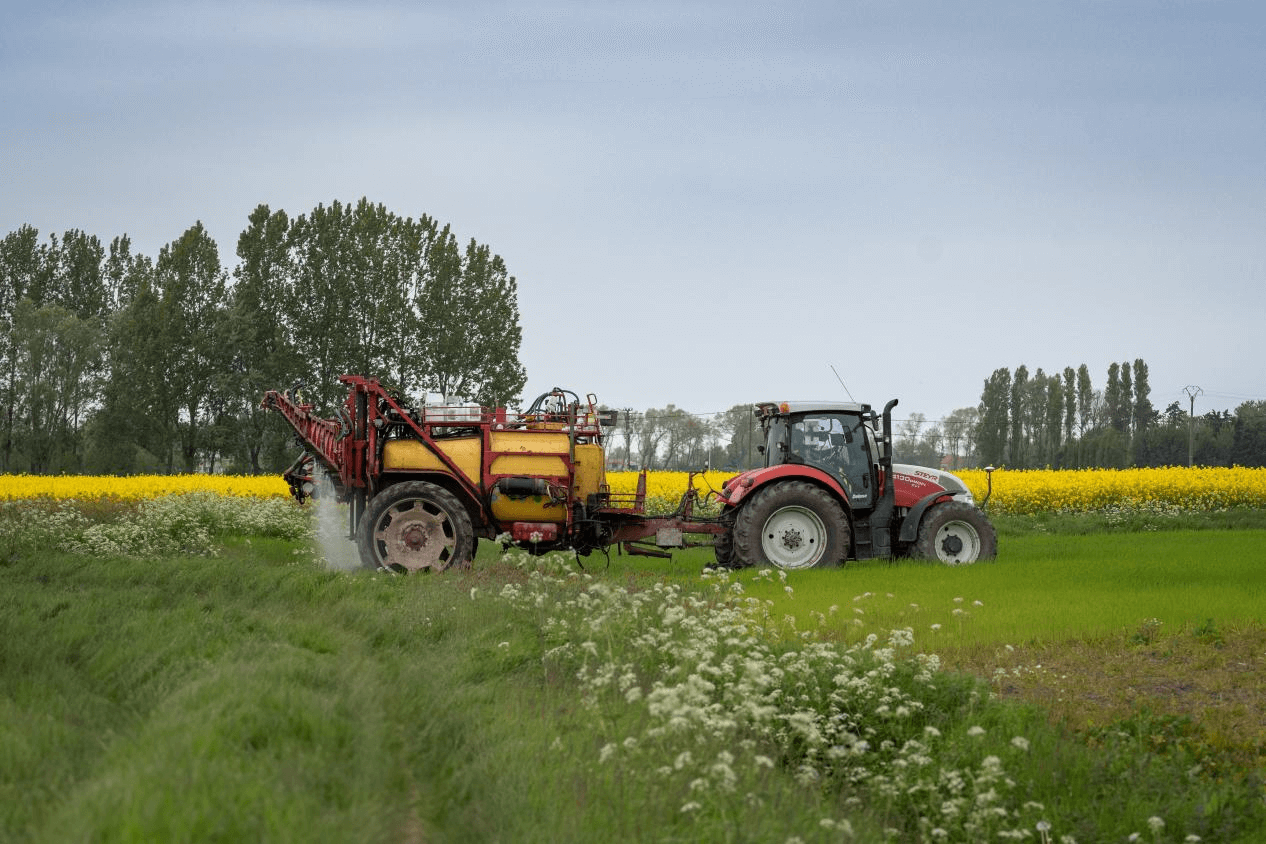Cyperus Rotundus Control Program
1. Introduction
1.1.Morphological characteristics

Cyperus rotundus L. is a plant of the Cyperaceae family of the angiosperm phylum. Its stem is slightly thin and tuberous at the base. Its leaves are slightly numerous, flat and brown. Its flower spikelets are obliquely spread, linear, and its spikelet axis is white, transparent and has wide wings. It is ovate or oblong-ovate, green in the middle and purple-red or red-brown on both sides. Its style is slender and triangular, and its fruit scales are slightly dense and arranged in a shingle-like pattern. Its flowering period is from May to November.
1.2. Growth environment
Originally from Africa, South Asia and Europe, it now grows in tropical to temperate regions of Asia, Australia and America. It likes warm and humid climate and is cold-resistant,growing in wasteland, roadsides, ditches or sunny places in fields, and is also common in sandy areas by the sea. Cyperus rotundus propagates by tubers and seeds.
1.3.Harm
Cyperus rotundus likes to grow in loose soil, and is more serious in sandy soil. Especially in corn and sugarcane areas, Cyperus rotundus is difficult to control.It often grows in a single small community or mixes with other plants to compete with them for light, water, and fertilizer, causing other plants to grow poorly. It is also a host to insects such as white-backed planthoppers, black stink bugs, and ironclad beetles. It is one of the most harmful malignant weeds in the world.
2.Prevention and treatment plan
2.1.Difficulties in prevention and control
(1)Cyperus rotundus consists of underground tubers, rhizomes, bulbs and aboveground stems and leaves. Tubers, rhizomes, bulbs and seeds can all reproduce. In the weed growing season, seedlings can emerge in 2 to 3 days. When conditions are suitable, seeds and rhizomes can germinate and generate new plants or tubers. New tubers sprout young grass, one after another, growing continuously. Artificial weeding or general herbicides can only eliminate the above-ground part. Its underground tubers can sprout at any time within a week and continue to cause harm, so it is extremely difficult to control.
(2)When Cyperus rotundus forms an enlarged bulb, even if the above-ground part can be removed, the underground part is difficult to root out, and it will die again after a period of time. Therefore, it is recommended to control Cyperus rotundus during its young age. If it is controlled without rooting, the above-ground part will be gone, but the underground part will continue to grow and reach the height of the original plant in about 7 days.
2.2.How to prevent and treat
(1)For plots where Cyperus rotundus occurs in a concentrated manner and mainly reproduces by tubers, you can manually pick up the tubers of Cyperus rotundus in the soil when combining arable land or intertillage to loosen the soil, take them out of the field to dry and burn them, which can effectively reduce their tuber reproduction and harm;
(2)In July-August, when Cyperus rotundus matures and blooms and sets seeds (before the seeds mature), pull out the whole plant or cut off the stems and inflorescences of the aboveground part to reduce the seeds from falling to the ground and reduce the harm caused by seed reproduction. If it is your own one-third acre of land, you can completely control the Cyperus rotundus by manual digging in 2-3 years.
(3)Chemical control, for example, corn fields can be controlled by herbicides such as MCPA, bentazone, MCPA+carfentrazone-ethyl , halosulfuron-methyl, glyphosate, etc.; orchards generally recommend the use of MCP+bentazone, glyphosate, and glufosinate-ammonium for targeted spraying, and be careful not to spray on fruit trees.


